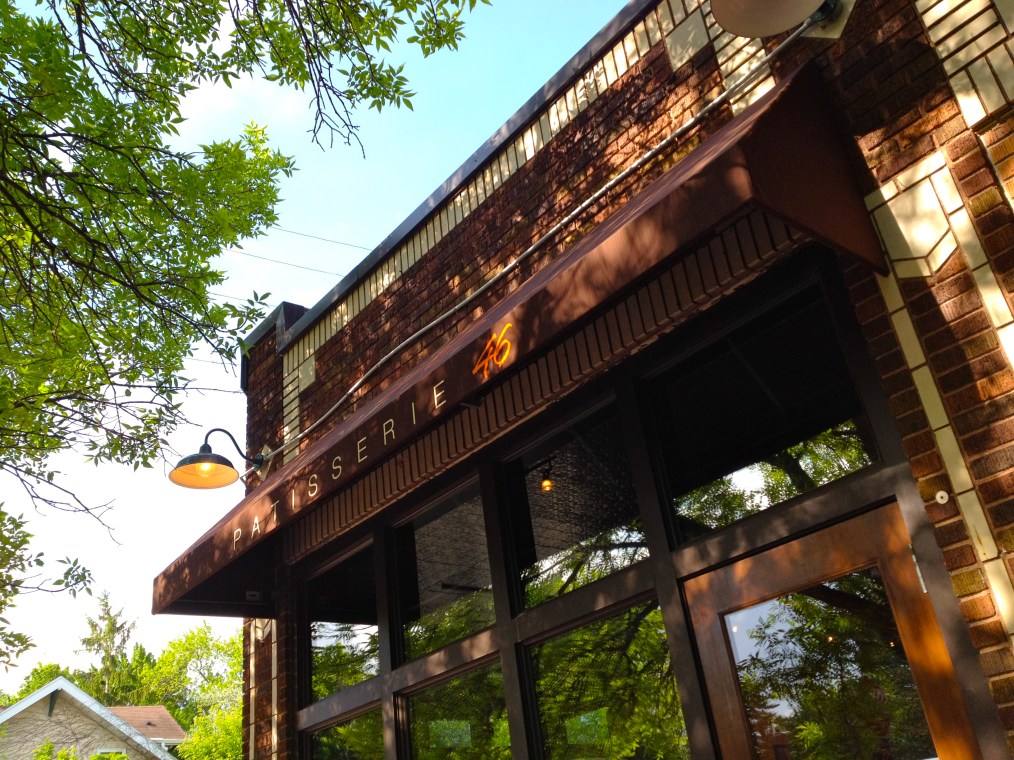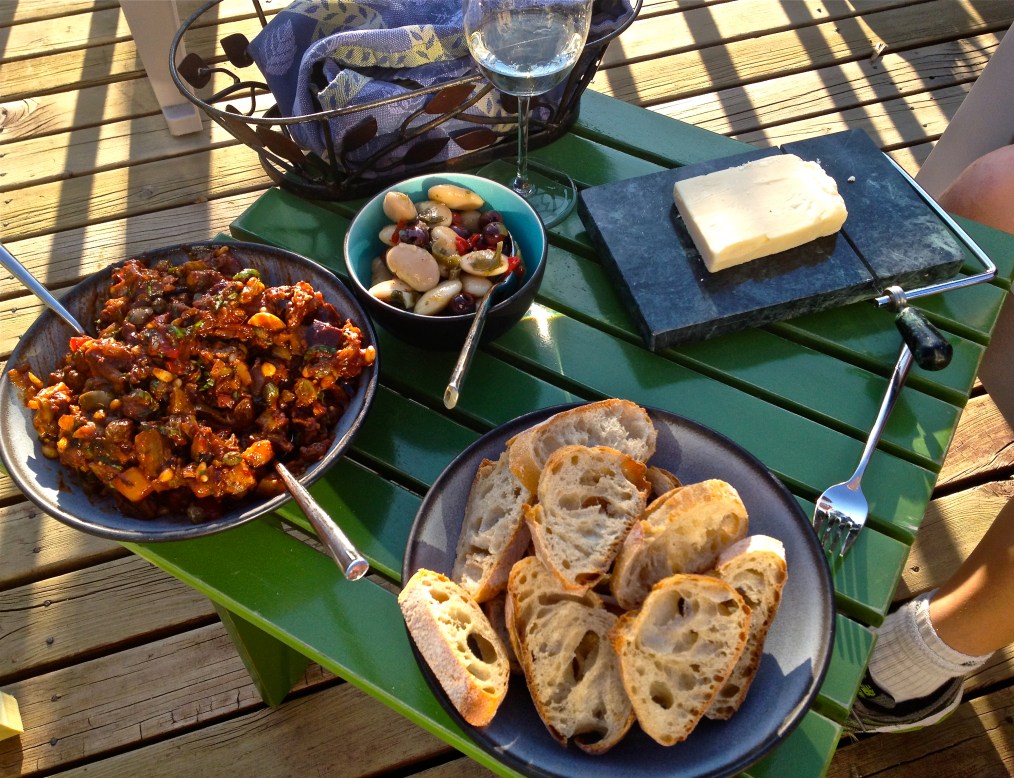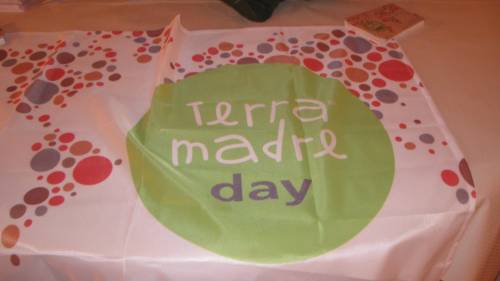It’s hot. Eighty-six on Monday, mid-sixties overnight. Ninety tomorrow. Isn’t this Minnesota, in May? I feel like I’m back in Auburn! Meanwhile, back in Alabama, my best foodie friend Sharyn has been enjoying weather cool (80) and dry enough to ride her bike to work. Global weirding, indeed.
When the mornings are perfect for working outdoors, cafe-side, it’s hard to resist Patisserie 46 and their Earl Grey-infused scones.
They also serve good espresso. This is an achievement, because many, many places think that squirting some thick brown stuff into a little cup counts as serving espresso, but the acidity will eat right through you. But Patisserie 46 makes good espresso (as does Urban Bean, where I’m sitting right now).
Evenings are also perfect for sitting outside. Al fresco has just entered Jack’s vocabulary. It’s pretty cute hearing a seven-year-old say, “Are we going to eat our sausages al fresco?” Summery evenings put me in the mood for foods from the Solanaceae family: nightshades. Think tomatoes, peppers, and eggplants. So, when my Saveur e-newsletter arrived with a recipe for Caponata, the nightshade-rich Sicilian dish, I knew what I had to do.
The secret ingredient in this preparation is unsweetened chocolate, shaved in with a fine zester. It helps to pull all of the other ingredients together, both physically and… well, tastily.
While the eggplant fried on the stove, I played around with Lizzie and Instagram.
And then we enjoyed this light meal on the deck.
3 cups olive oil
2 lbs. eggplant, cut into 1″ cubes
1 large yellow onion, chopped
1 rib celery, roughly chopped
Kosher salt and freshly ground black pepper, to taste
3 tbsp. tomato paste, thinned with 1/4 cup water
1 cup crushed canned tomatoes
6 oz. green olives, pitted and roughly chopped
1/2 cup white wine vinegar
1/2 cup golden raisins
1/4 cup salt-packed capers, rinsed and drained
3 tbsp. sugar
2 tbsp. finely grated unsweetened chocolate
1/2 cup finely shredded basil
2 tbsp. pine nutsHeat oil in a 12″ skillet over medium-high heat. Working in batches, add eggplant and fry, tossing occasionally, until browned, 3–4 minutes. Using a slotted spoon, transfer eggplant to a large bowl; set aside. Pour off all but 1/4 cup oil, and reserve for another use. Return skillet to heat, add onions and celery, and season with salt and pepper; cook, stirring often, until beginning to brown, 10 minutes. Reduce heat to medium, and add tomato paste and cook, stirring, until caramelized and almost evaporated, 1–2 minutes. Add crushed tomatoes and continue cooking for 10 minutes. Stir in olives, vinegar, raisins, capers, sugar, and chocolate, and cook, stirring occasionally, until thickened, about 15 minutes. Transfer to bowl with eggplant, along with basil and pine nuts, and mix together. Season with salt and pepper, and let cool to room temperature before serving.




































 Italy’s Parliament
Italy’s Parliament 

















